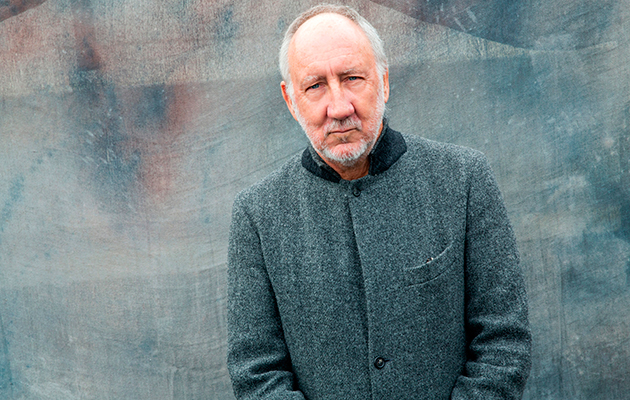What was the catalyst for Classical Quadrophenia?
I started thinking over the last ten years, ‘When I’m 70, everything’s going to change.’ Then I thought, “What exactly are those changes?” I would investigate my thinking, like a journalist. I’d do long pages of writing every day, and go back and look at my progress. Basically, I felt that I wanted to stop telling lies and be true to my own needs creatively. In order to get to that place, I felt I needed to wrap up a lot of my past work. While I’ve been doing this for purely personal reasons, the industry has moved to back catalogue. Touring to support and exploit back catalogue has been lucrative. What I really wanted to do was just wrap everything up, so I did a huge deal with an American publisher but I kept my grand right issues. These are registered with the Library of Congress. A grand right is a combination of lyrics, music and story. The very first one was A Quick One While He’s Away, the next one was Rael, then Tommy, Lifehouse, Quadrophenia and in my solo career, Psychoderelict, Iron Man, White City and another one that went by the boards in around 2003, The Boy Who Heard Music. I wanted grand right folios – libretto, music, lyrics in a book – so I can say, “Right, there they are,” put them in with my master tapes and move on. Through this, I met my partner Rachel Fuller. I was looking for orchestrators. Billy Nicholls, my MD and friend, introduced me to her. About three years ago, Rachel and I had a conversation about Quadrophenia and she said, “Can I have a go at it?” I called Hans Zimmer, who let Rachel do some tests at his studio in Soho. I loved it. I thought, “I can record five of these tracks with a proper orchestra and have them in my back pocket. It will cost about twenty thousand quid, but they’ll be great on a Best Of. I can play them to people, they’ll see what’s possible.” So we went to Air, we got the Royal Philharmonic. The conductor, Robert Zielger, had a lot of contacts. Suddenly, it became a proposition.
One of the best elements of The Who was the rhythm section. How did you approach the material without the swing of Entwistle and Moon?
Rachel took the multi-tracks, put them on computer and listen to the actual notes John played. They’ve been extrapolated and interpolated back into orchestral form. What was interesting to discover then was that Keith Moon was an orchestral percussionist! Very decorative, not really interested in the beat at all – he left that to the poor rhythm guitarist. So it’s there.
It would sit well in the West End, alongside Ray Davies’ Sunny Afternoon and all those jukebox musicals.
Perhaps, we’ve had a few tries. I worked for a while with Joe Penhall, who’s worked on The Kinks musical. What Joe and I came up against was that it ends in mid-air. You draw no conclusions.
Does that account for the enduring appeal of Jimmy for you?
Yeah, I think so. Every time it comes to answering those questions about what happens to Jimmy, I back off. I don’t know whether it’s a bold creative move. A lot of my critics regarded it as being lazy. But to be brutal, I think the easiest thing is writing the plot. It’s not hard to have an ending. We know from theatre, television, soap operas and movies that writers can come up with endless variations on a stock plot and keep it going for centuries if necessary. Even The Simpsons pulls it off. EastEnders has got to a point now where it probably has the highest saturation of intense and complex plotting that I’ve ever come across.
What next for Dot..?
I don’t watch it obsessively. But I was in the shower the other Sunday, listening to The Archers omnibus. There’s been this huge flood. It’s fucking amazing. You’re thinking, ‘Jesus Christ, they’re really taking this seriously.’ They’ve obviously had researchers go and talk to people who’ve been in a flood. The fact is we worry about our pets, where’s Uncle Joe. These are the important things.




